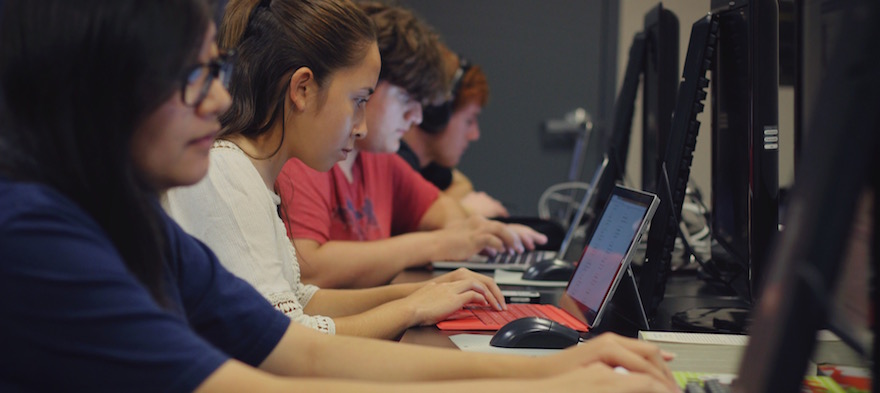
Jan 28, 2019 12:00:00 AM
Raymond Steinmetz is a K-8 math instructional coach in Portsmouth, Rhode Island and the co-host of the Instant Relevance Podcast (@instantrel). Raymond writes and blogs about a variety of topics in education and parenting. Find his is work at www.blendedlearningmath.com and follow him on Twitter: @blended_math.
Few issues in education spark more tension and debate than standardized testing. Are they a tool for equity or a burden on students? A necessary check on school systems or a flawed measure of...
Charter schools are public schools with a purpose. Operating independently from traditional school districts, they're tuition-free, open to all students, and publicly funded—but with more flexibility...
Despite the benefits of a diverse teaching force, prospective teachers of color fall out of our leaky preparation pipeline at every stage: preparation, hiring, induction, and retention. Here’s what...
Ed Post is the flagship website platform of brightbeam, a 501(c3) network of education activists and influencers demanding a better education and a brighter future for every child.
© 2020-2025 brightbeam. All rights reserved.
Leave a Comment